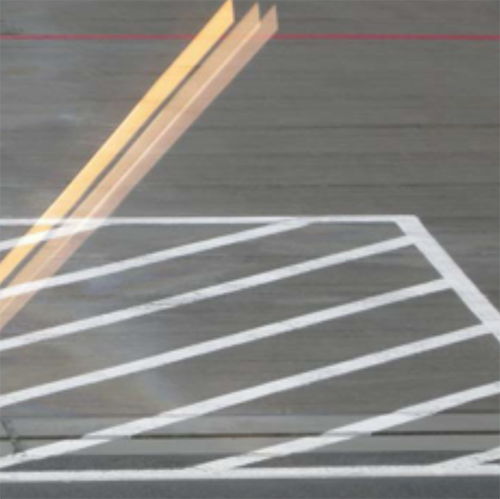Stripes
In light of Schiller's concepts of human foundations in form
DOI:
https://doi.org/10.7577/formakademisk.2682Abstract
Stripes are in this study viewed in light of Friedrich Schiller's concepts of human three basic foundations in form; formwork, fabric operation and play mode. Schiller's theoretical concepts are used to focus on research into form in relation to human urge for, and desire to shape. By showing concrete examples of stripes materialized in different ways in art and design, stripes are expanded as typology of showing examples of bonding stripes, monomane stripes, stripes such as timesheets, stripes and materiality, traffic streaks, marking stripes, brand streaks , braided stripes, romance stripes, strips like optical illusions, organic stripes, hybrid stripes and even stripes. The study shows the connection from aesthetic practice to pattern formation in qualitative research methods. The study shows how Schiller's concepts may be relevant to create a better understanding of the value of aesthetic research.
Keywords: Schiller, artistic research, creativity, qualitative research, pattern formation

Downloads
Published
How to Cite
Issue
Section
License
Authors who publish with this journal agree to the following terms:
- Authors retain copyright and grant the journal right of first publication with the work simultaneously licensed under a Creative Commons Attribution 4.0 License that allows others to share the work with an acknowledgement of the work's authorship and initial publication in this journal.
- Authors are able to enter into separate, additional contractual arrangements for the non-exclusive distribution of the journal's published version of the work (e.g., post it to an institutional repository or publish it in a book), with an acknowledgement of its initial publication in this journal.
- Authors are permitted and encouraged to post their work online (e.g., in institutional repositories or on their website) prior to and during the submission process, as it can lead to productive exchanges, as well as earlier and greater citation of published work (See The Effect of Open Access).
- The author(s) must manage their economic reproduction rights to any third party.
- The journal makes no financial or other compensation for submissions, unless a separate agreement regarding this matter has been made with the author(s).
- The journal is obliged to archive the manuscript (including metadata) in its originally published digital form for at least a suitable amount of time in which the manuscript can be accessed via a long-term archive for digital material, such as in the Norwegian universities’ institutional archives within the framework of the NORA partnership.
The material will be published OpenAccess with a Creative Commons 4.0 License which allows anyone to read, share and adapt the content, even commercially under the licence terms:
This work needs to be appropriately attributed/credited, a link must be provided to the CC-BY 4.0 licence, and changes made need to be indicated in a reasonable manner, but not in any way that suggests that the licensor endorses you or your use.



